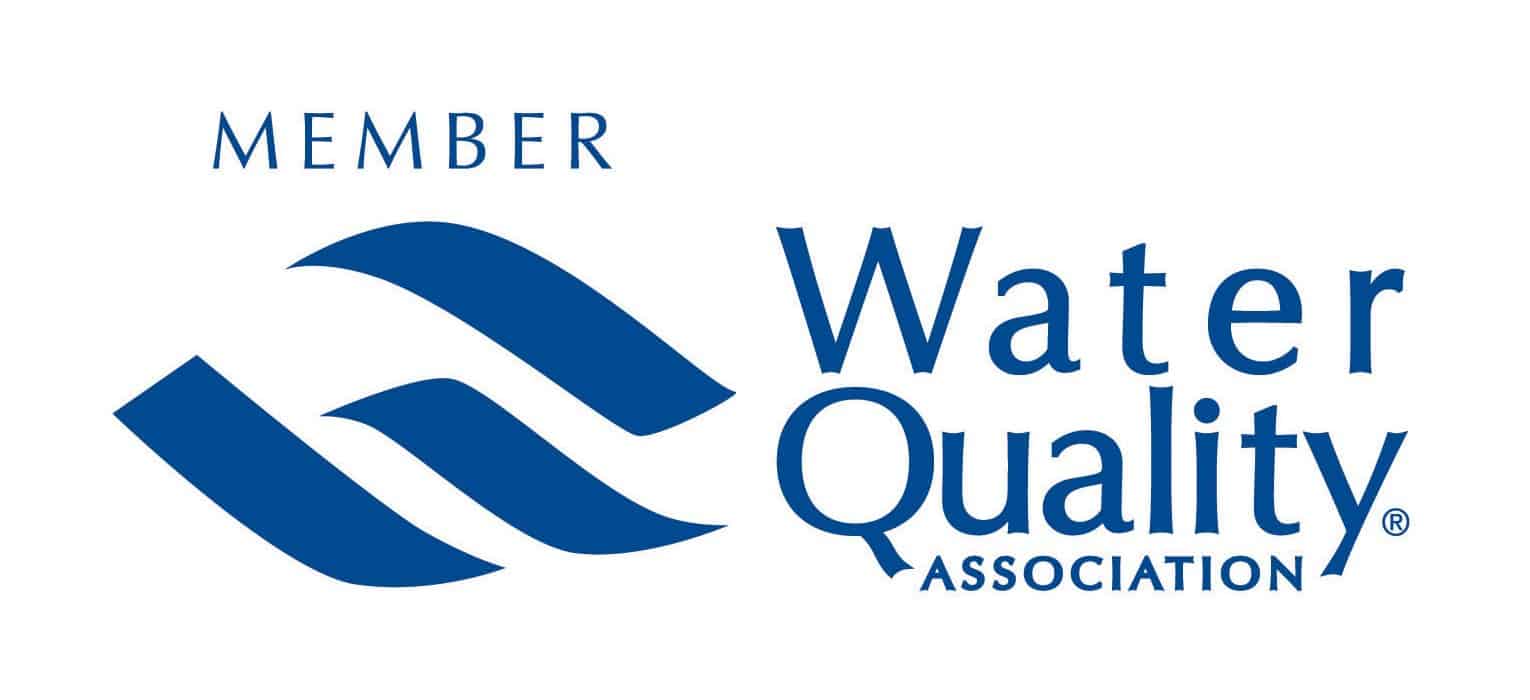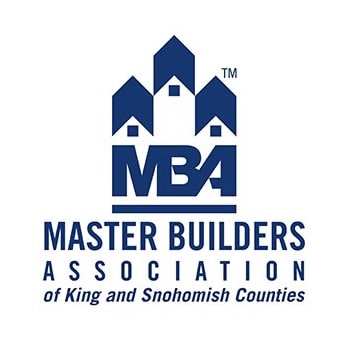Pressure Tanks, Well Controls, and Electrical
Well pumps require tanks and controls to operate efficiently and safely. A well pump system delivering pressure to the home will require a pressure tank, a pressure switch or sensor, and a motor controller – either a solid state system or a variable speed drive.
Variable Speed Drives, Variable Frequency Drives (VFD’s), or Constant Pressure Systems offer on-demand style pump performance – as pressure drops, the drive will raise the pump motor RPM to try to match the downstream demand on the water system and hold the pressure near constant. A typical constant pressure system will be set to hold the pressure in the house near 50-70 PSI. Most VFD’s come with onboard pump protection circuitry to prevent dry run, over and under voltage of the motor, and other faults that could damage pump components.
A solid state controller uses a Differential Pressure switch that turns the pump on at a low Cut In pressure, and turns the pump off at a high Cut Out pressure. Typically water systems are set to run from 40 to 60 PSI between when the pump turns on and subsequently turns off. For this type of system, the motor starting generates a lot of heat and this must be dissipated by the water flowing past the motor when the pump is running. A pressure tank is used to control not only surges in the water and number of start cycles a pump runs per day, but primarily to force the pump to run for a certain period of time prior to shutting off, thereby getting the motor the cooling flow it requires. Pump protection circuitry can also be added to the controls to prevent the pump from running dry, over or under voltage, and other faults that could damage the pump components.
A Cycle Gard or Cycle Stop Valve, or similar, can be used as a mechanical method of varying pump flow and thereby reduce the need for multiple or large pressure tanks while still allowing for proper pump cooling. These devices will not work well with pump protection circuitry.




